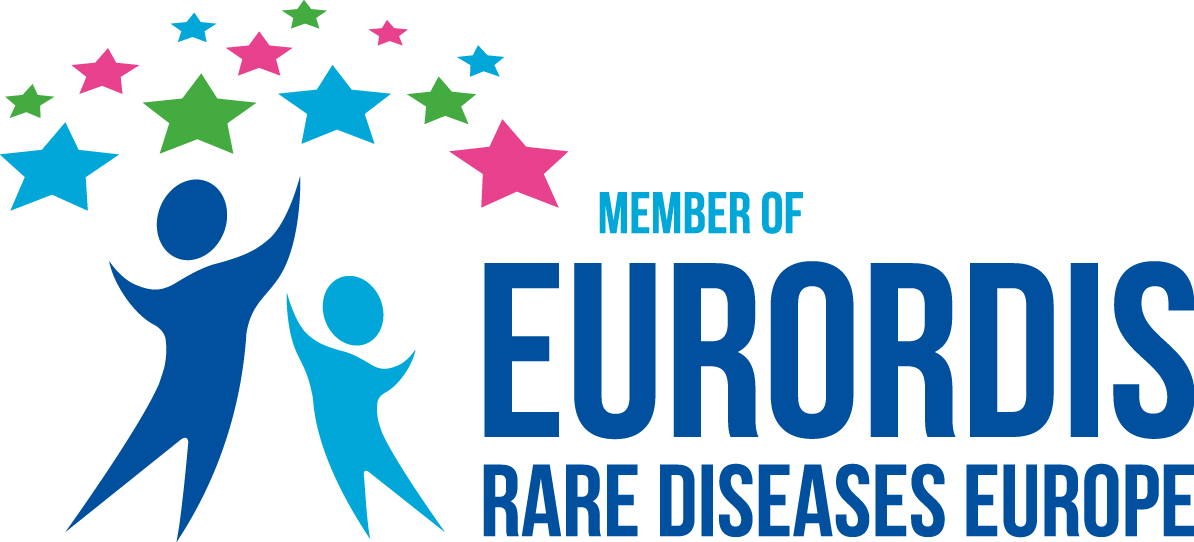
September Spotlight on Superficial Siderosis
Today marks the beginning of our Spotlight on Superficial Siderosis Week, a special time to raise awareness, share valuable resources, and shine a light on this rare neurodegenerative disorder. We at the Superficial Siderosis Research Alliance (SSRA) are thrilled to kick off this week by announcing an exciting development many of you have eagerly awaited!
We are proud to share that our hugely popular Superficial Siderosis informational brochures are nearing the final stages of edits. Once our medical advisory board finishes reviewing them to ensure they provide the most accurate, up-to-date information possible, they will head to the printers, and we’ll have them ready for distribution in no time.
These brochures have become invaluable for patients, caregivers, and medical professionals. They offer clear, concise information about Superficial Siderosis, its causes, symptoms, and potential treatment options. We’re also pleased to confirm that a version will be available specifically for the US/Canada, UK, and Australia, ensuring that everyone can access localized information. Take a look at the preview image below to see a glimpse of what’s coming!

One thing keen readers of the original version may notice is that the “Ultra Rare” designation has been dropped from the title. Since the release of our 2021 version, the increase in documented superficial siderosis cases, particularly in the UK, has risen above the threshold for “ultra-rare” classification. As a result, Superficial Siderosis is now officially classified as a Rare Disease, a milestone that reflects improved awareness and diagnosis.
Additionally, the incidence of Superficial Siderosis in the US has seen significant growth in awareness and diagnosis. 2014, the condition was believed to affect only 1 in 3 million people. However, recent data shows it affects approximately 1.5 in 1 million people. This increase highlights the importance of improved diagnostic techniques and greater understanding within the medical community.
The brochures cover essential details about superficial siderosis, including the differences between Type I (Classical) and Type II (Secondary) superficial siderosis, common symptoms like hearing loss, mobility challenges, and balance issues, and key MRI findings that help with diagnosis. Whether you’re newly diagnosed or have been living with SS for years, these brochures are designed to offer a clearer understanding and guide you through the challenges of this condition.
Once printed, we’ll let everyone know when and how they can place their orders. Until then, stay tuned for more updates throughout this week as we continue to spotlight Superficial Siderosis and the power of community in supporting those affected by this rare disorder.
Thank you for being part of #TeamSuperficialSiderosis and helping us spread the word!
The SSRA Team



